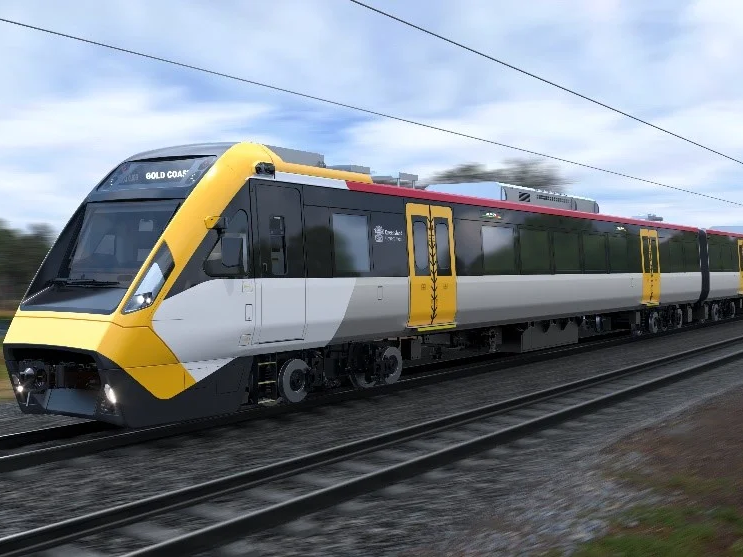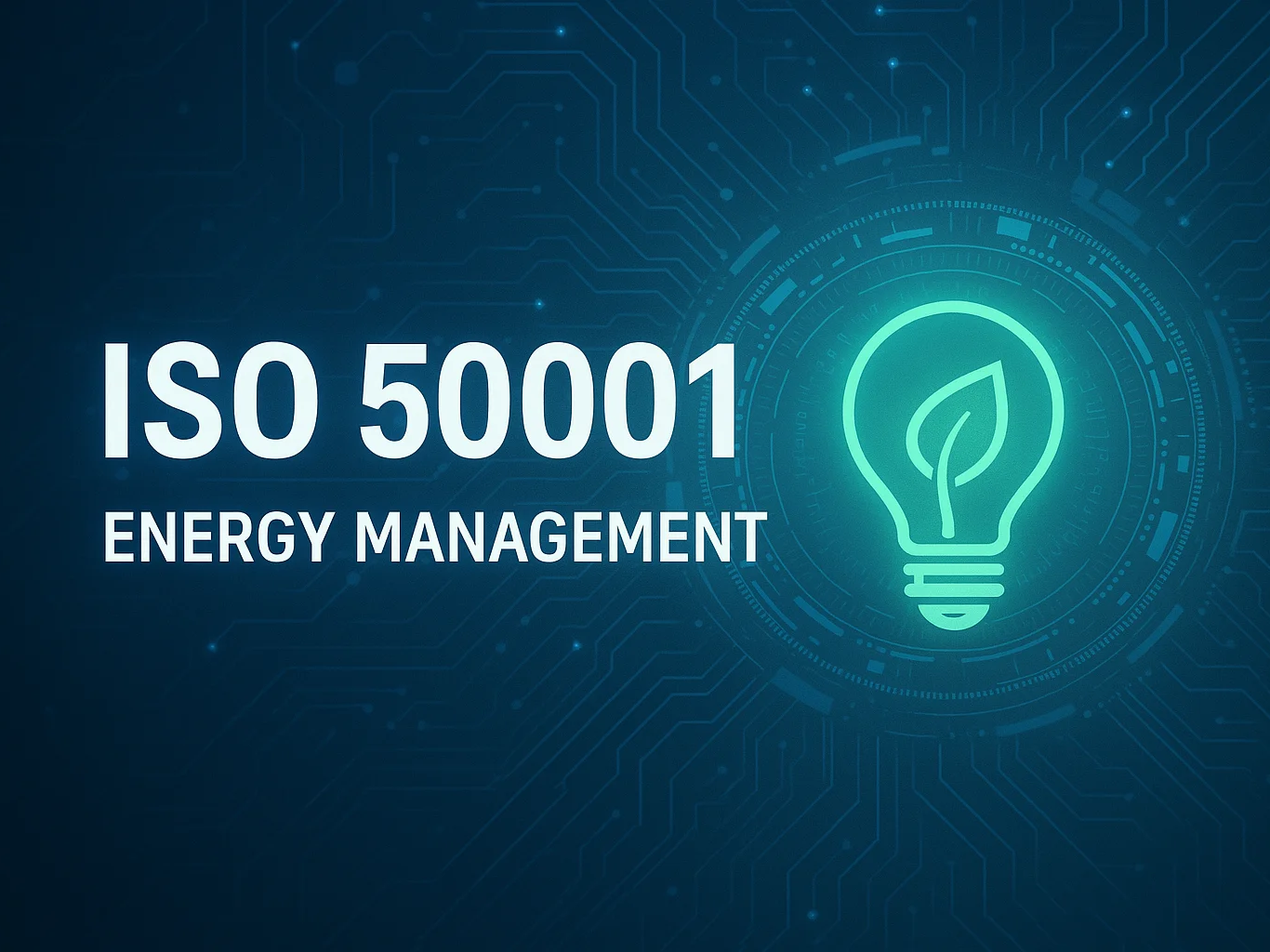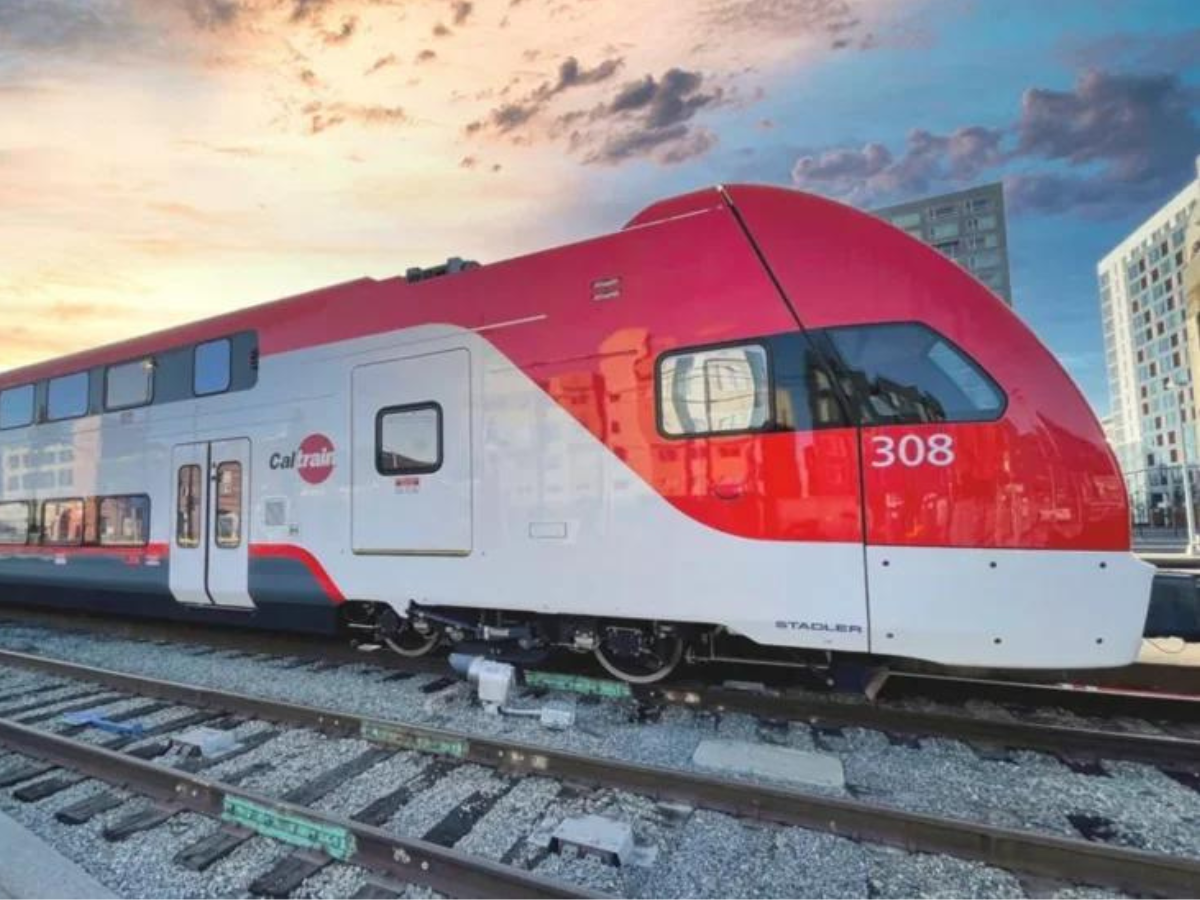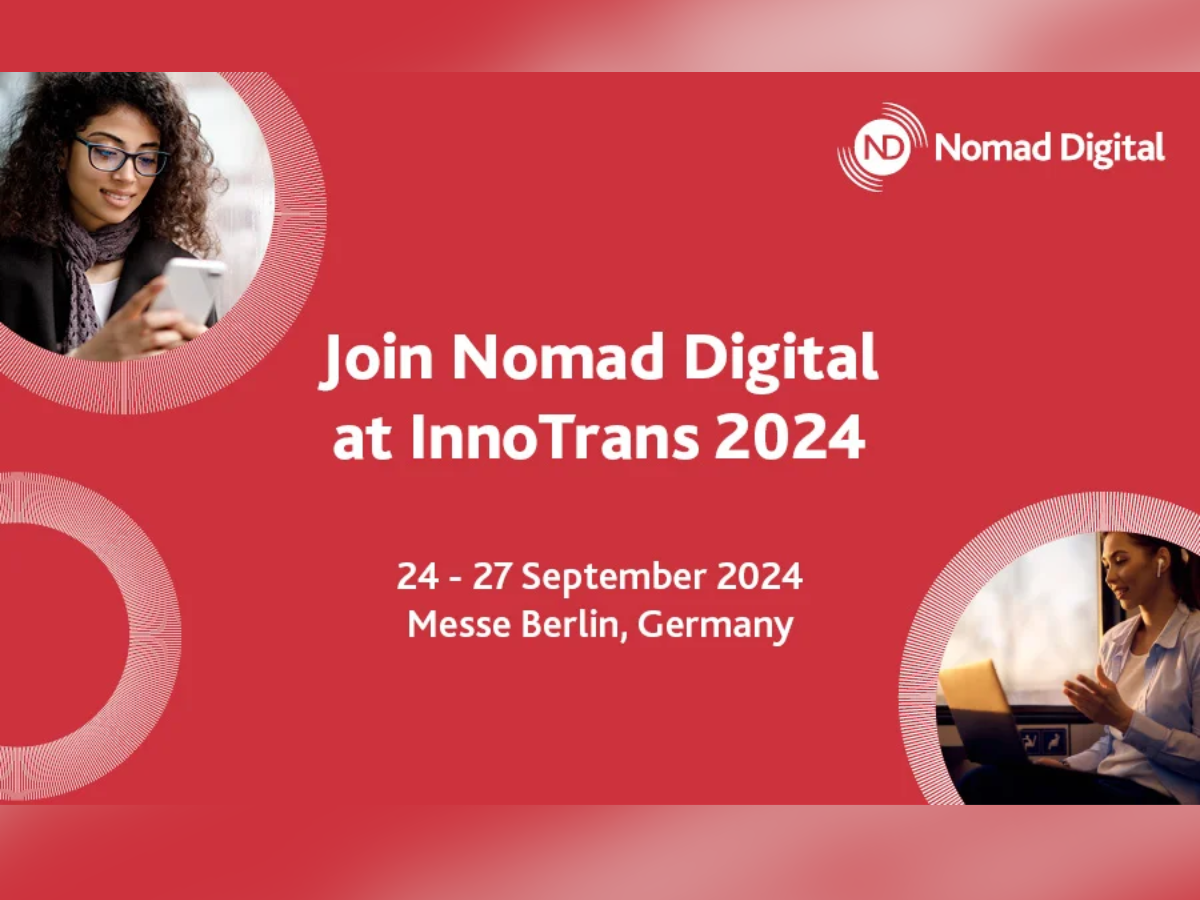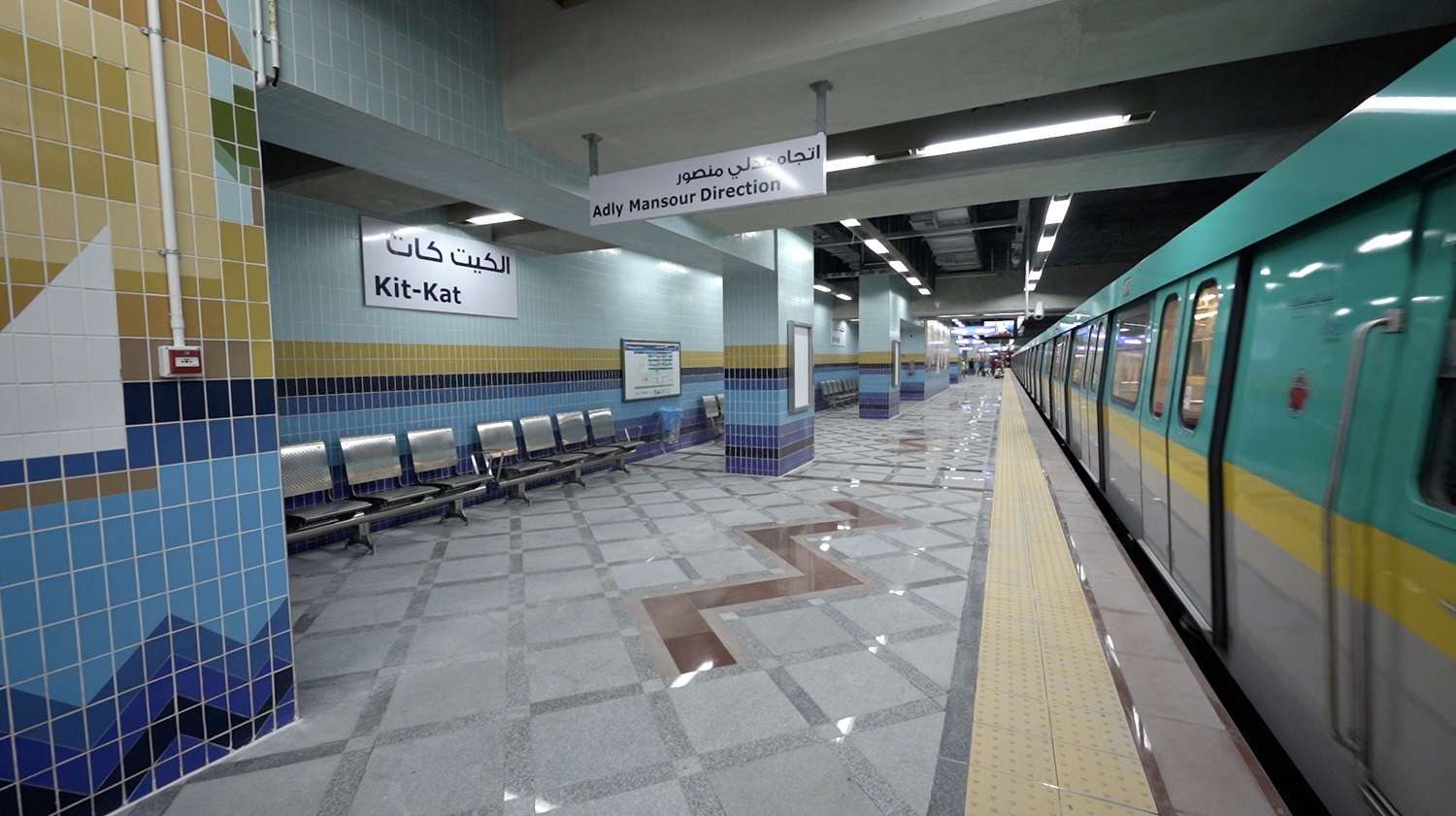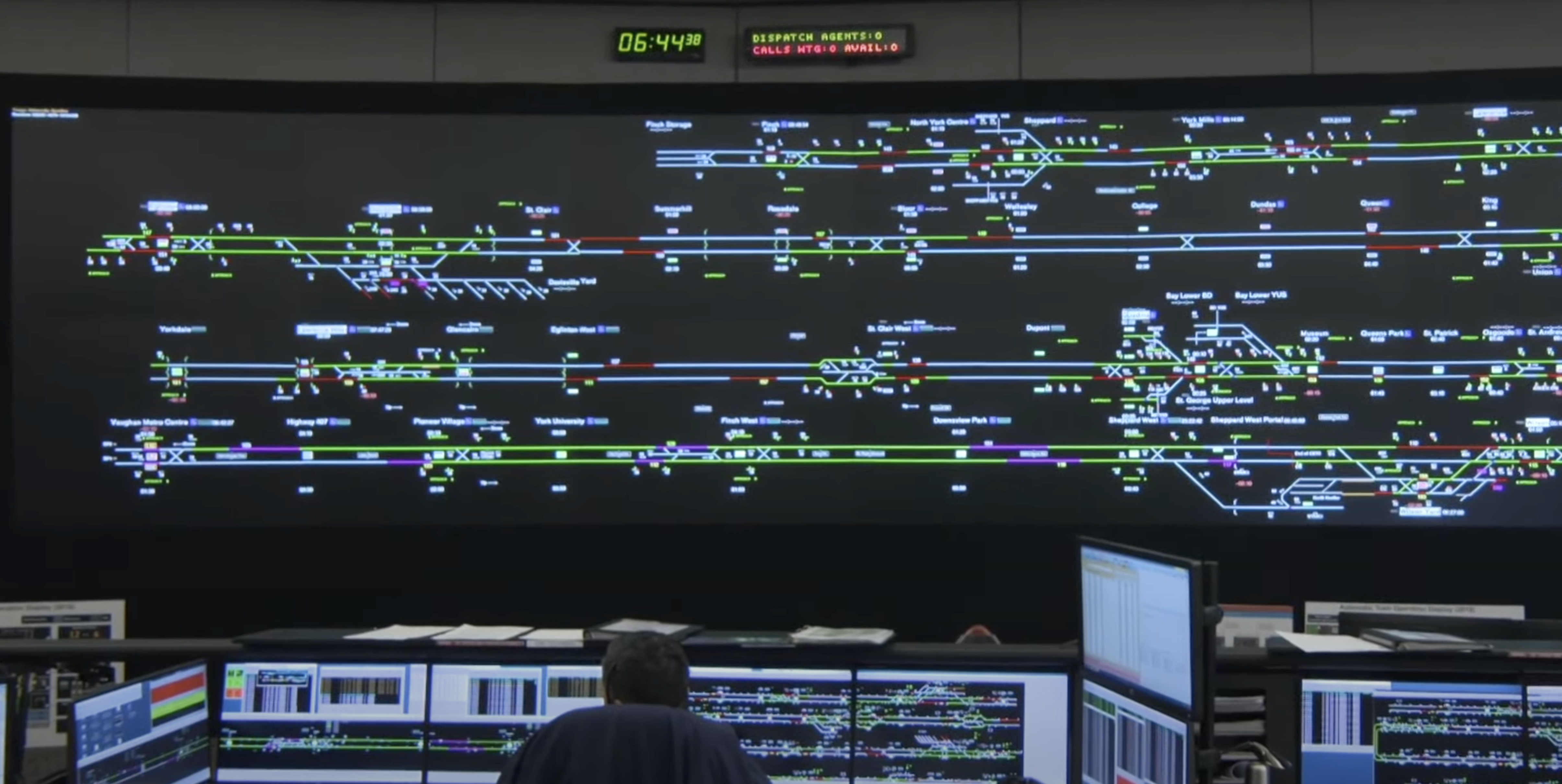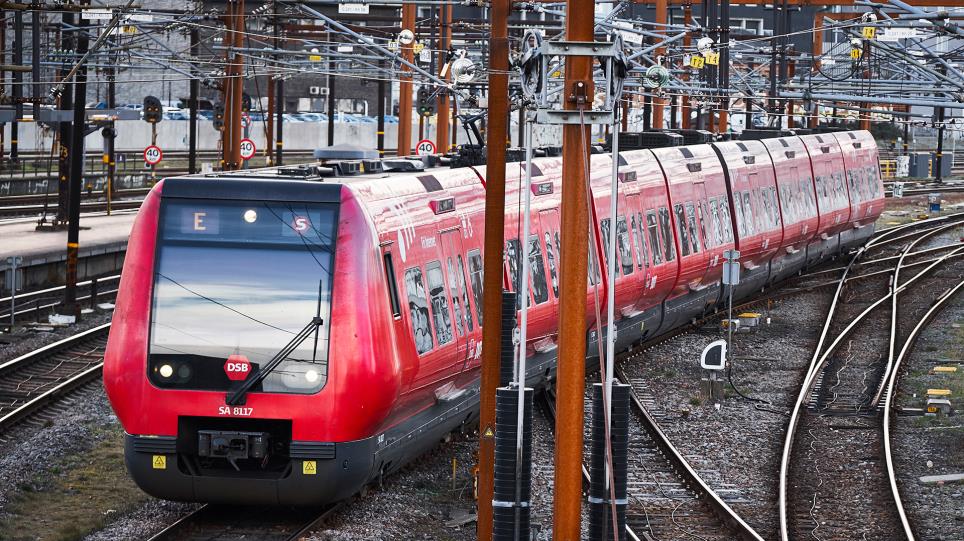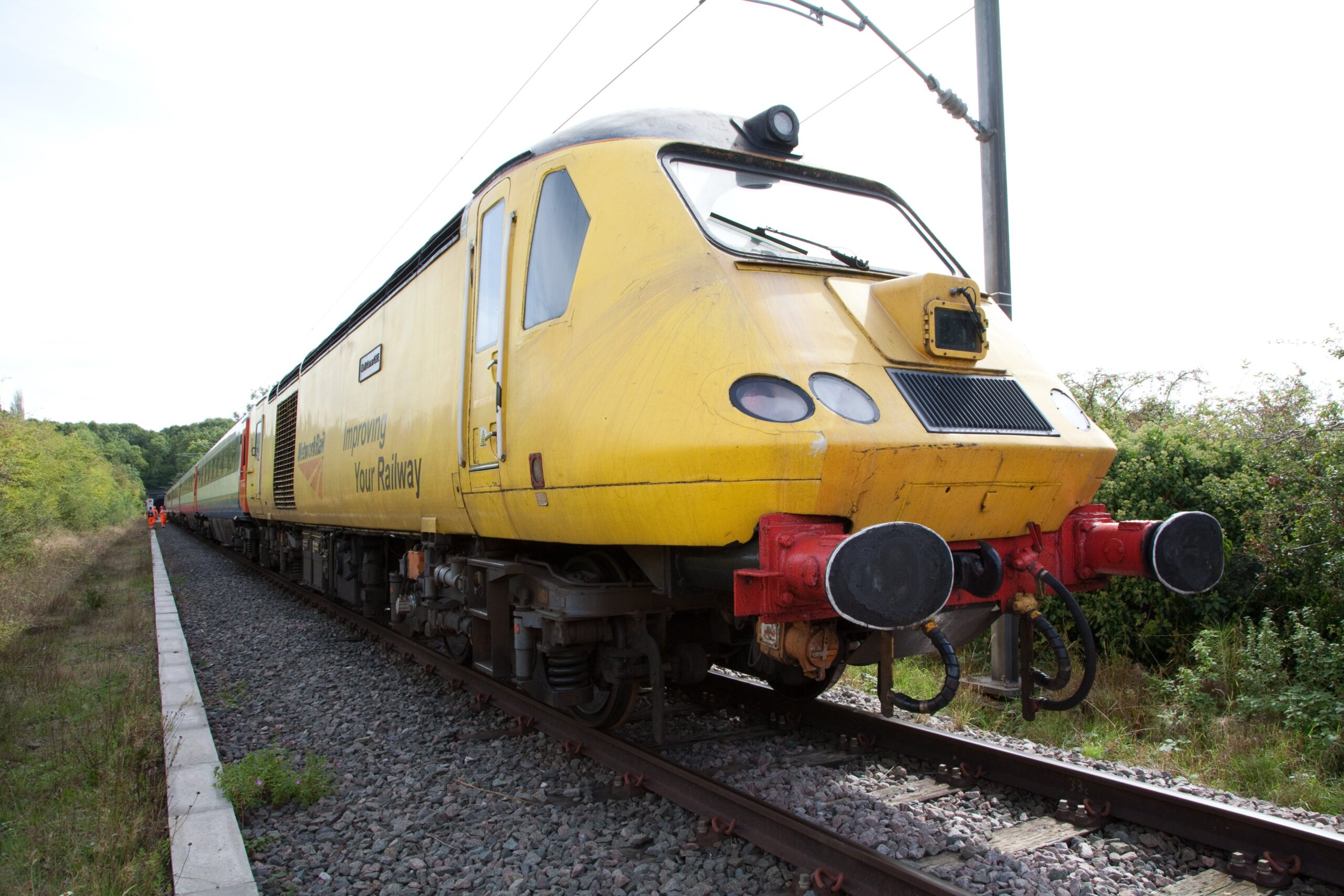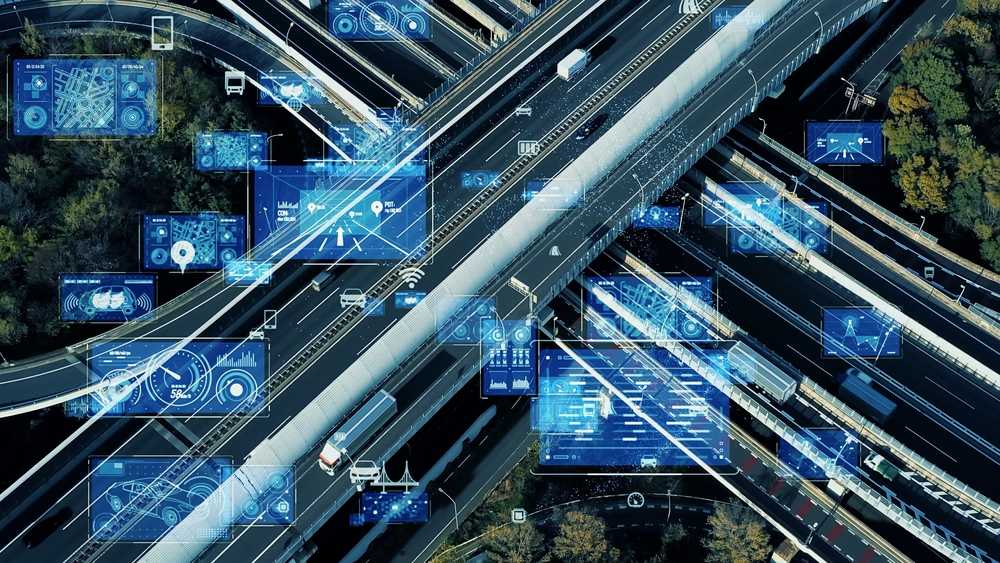The 3 Integral Components Driving the Future of Transport Connectivity
We are living in an ever-connected world, and that is especially true in 2022.
Thanks to technological advancements and the transition to the Internet of Things, we communicate through robust virtual channels, work remotely, and can receive healthcare at a distance.

The resulting intelligent connection between data, processes, and people is at the core of our mobility as a society and is bound to shape the future of transport. Connectivity can improve the customer experience, optimise transportation, and create new opportunities for economic growth.
Nomad-Digital – the leading transportation IP provider in the UK, explores the various trends and innovations that will revolutionise the future of transport connectivity and ensure the provision of a seamless door-to-door experience:
Connected Vehicles
Connected vehicles aren’t a new technological innovation. From 2017 to 2022, the estimated stock of connected cars in the UK was expected to increase from 4.86 million to 16.65 million, a 242% increase.
What characterises connected vehicles is their connection to an external network, such as a phone, Bluetooth, GPS, or an internal SIM, and, most commonly, the internet – usually through an internal SIM card. That allows you to be connected with your car and communicate with it when you’re not in it, usually through an app on your smartphone. This will enable you to perform several functions, such as connecting to your car’s radio, using in-car assistants such as Amazon Alexa, receiving traffic updates, and even starting your car remotely.
But with technological advancements, the future of connected vehicles is looking brighter than ever. With a 5G-enabled connection, cars will become integrated, entirely related hubs. Vehicle-to-vehicle (V-2-V) connected technology also enables the communication between vehicles to share vital journey information, such as road conditions, traffic, and speed limits.
5G-connected vehicles offer various benefits, including an enhanced consumer experience, improved road safety, maximised fuel economy, and reduced emissions.
Connected vehicle technology is also helping advance public transport. Through fleet management, detailed operational information for both bus and rail can optimise performance and operations, improve traffic, and offer more sustainable mobility.
Real-Time Data Collection
According to the UK’s Future of Transport programme, real-time data collection and analysis is “driving the development of new modes of travel and new ways to do business”. It is also an integral part of improved transport connectivity, showing UK Transport Vision 2050, an in-depth study mapping out the future of the UK transport system.
Real-time data can benefit the public sector and transport industry overall, as well as travellers and maintenance. For example, it can improve road-usage planning, which can help with emissions reductions, and cost savings.
Artificial intelligence and machine learning can also play a significant role in achieving advanced traffic management. As a prime example of connectivity, traffic signals can be adjusted based on real- time traffic data. This data can then be sent to vehicles in traffic, enabling interconnected data sharing and feeding into public transport platforms. That way, cities can manage their mobility ecosystem more efficiently.
Not only that, but machine learning and real-time data collection can aid planning simulations by creating digital twins. Real-time digital counterparts of physical objects can significantly improve traffic management systems.
Advanced Rail Connectivity
Based on the UK Transport Vision 2050, the UK has mapped out a pathway to improving transport connectivity, and rail connectivity plans look promising.
By 2025, the European Train Control System (ETCS) level 2 is expected to commence; by 2049, 95% of networks should be connected to the system. ETCS is the central signalling and train control component of the European Rail Traffic Management System. Its purpose is to calculate a safe minimum speed for each train. ETCS level 2 is a radio-based system that monitors signalling and moving authorities in the cab.
By 2030, all trains are expected to have Wi-Fi connectivity and fully developed trackside infrastructure, which will take rail connectivity even further.
Technology is changing the world at the speed of light, and we’re witnessing the evolution of connectivity. The future of transport connectivity is beyond bright, bolstered by real-time data collection, robust transport infrastructure, and advanced transport management systems.
This article was originally published by Nomad Digital.




